Featured Photo: One of two nests used in 2022 to produce at least six young Black-crowned Night-Herons in central Douglas County, Oregon.
On November 29, 2022, I slowly drove down a narrow gravel road through a somewhat rural residential area just west of Roseburg, Oregon, to check on a winter roost location of Black-crowned Night-Herons that had been used most winters for at least ten years. As luck would have it, the owner of the property was home and outside. It was a new owner, and I told him why I was there and I asked if we could look in the trees for night-herons. He said certainly and that they had nested this summer. I had heard that claim from others before, but never with evidence. He ran to get his phone and showed me a video of an adult feeding young in the very tree standing before me. I was astonished and excited! Let me tell you why.

However, even in Gabrielson and Jewett’s account in 1940, the rookery near Portland, had not been located for some time, and was assumed to have just moved to another location nearby because birds continued to be seen in the Portland area. Nesting was suspected elsewhere in western Oregon, but never documented, and Gabrielson and Jewett (1940) had no records whatsoever from Douglas, Jackson, or Josephine counties. A few decades later, Ralph Browning reported nesting colonies in the Rogue Valley north of Medford (Browning 1975). However, no details were recorded in Browning’s publication, nor were any memories extant when I contacted him for this article (pers. comm. Dec 2022). By the turn of the century, later writers had no personal knowledge of existing or historical colonies in the Rogue Valley (Massey and Vroman 2003).
In the Eugene area, Tom Mickel (pers. comm. Dec 2022) recounted verbal lore as follows: “Many years ago, maybe 25-30, they were found nesting in a residential yard in west Eugene. If I remember correctly, shortly after the nests were reported the house was sold and the new owners cut the tree down.” However, no photos are known, nor names of eyewitnesses, living or deceased. In the Umpqua Valleys, I had heard of at least two claims of nesting Black-crowned Night-Herons in the same neighborhood as the present record, but again, no details or documentation is available. Ebird data (ebird.org) show dozens of records of Black-crowned Night-Heron in western Oregon during the heart of the expected nesting season, approximately April-June. Still, no nests have been reported.

Original, digitized versions of Bohlman’s images can be accessed as follows:
Heron Tree: https://digitalcollections.ohs.org/heron-tree
Night Heron Chick: https://digitalcollections.ohs.org/black-crowned-night-heron-chick
For more of Finley and Bohlman’s adventures and photos, click here.
The tree in which the video was taken is within a clump of six Incense Cedars about 700 ft east of the South Umpqua River. In the photo below, the young were being fed and two nests were found in the right-most tree.
Although these trees have been used as a winter roost in the past, no birds were using the them during winter 2022/2023. On December 19, 2022, I climbed the tree where the video was taken and found two nests still in good condition, both on the south side of the tree and placed just within the outer canopy foliage. The higher nest was at about 42 ft up and about 4 ft out from the bole (from bark to center of nest). At that height the bole was about 10″ diameter and the limbs supporting the nest were about 2″ diameter at their base.
What can we make of this discovery and what is the true status of Black-crowned Night-Herons in western Oregon? My hunch is that Black-crowned Night-Herons have likely continued to nest in western Oregon in very small numbers throughout the past 100 years, but their scarcity as well as their propensity to nest in dense cover–and in the yards of non-birding residents–make them unlikely to be detected by birders or biologists. Not only that, their tendency to forage at night makes them less conspicuous than other herons.
To add to the confusion and uncertainty, many have assumed that the increase in detections of Black-crowned Night-Herons in mid-summer and fall in western Oregon is due to an influx of individuals from breeding populations elsewhere. And I suspect this is at least partly the case, as the same pattern is seen with Great Egrets and Great Blue Herons in areas where there are no known nests, as well as with rarer species that disperse to our area. However, it is completely unknown what portion of these may be from local vs. distant populations. I suspect there is more local nesting than we had previously thought. At the same time, early arrivals or late departures of non-resident night-herons may lead observers to conclude that the species is nesting when they are not. Especially, for example, if one finds a roost of a couple adults and young in late summer or fall. But how would we know either way?
In conclusion, the mystery of the status and movements of Black-crowned Night-Herons in western Oregon remains to be solved. Due to their mostly nocturnal habits and sometimes cryptic nesting locations, further verification of nesting in western Oregon will continue to be difficult. Key months when sightings would suggest nesting would be approximately April through June. To find likely nest sites, one would need to observe flight directions at dawn and dusk and listen for arrival and departure calls of adults on the dark side of dawn and dusk, respectively. Later in the season, such as July to August, if young are present in nests, their sounds will also be noticeable when adults arrive to feed them. Or, get lucky like me and run in to someone who has a video on their phone of an adult feeding young in their front yard! Perhaps a newspaper or social media “wanted” ad would result in some locations.
Finally, if you do find nesting Black-crowned Night-Herons, please take care to minimize disturbance and share the information in a manner that protects both the birds and the landowners.
Thanks to Jason Wilcox, Alan Contreras, Vjera Thompson, and Abraham Finlay for feedback on this post.
Literature Cited:
BROWNING, M. RALPH. 1975. The distribution and occurrence of the Birds of Jackson County, Oregon, and surrounding areas. USDI Fish and Wildlife Service. N. Am. Fauna 70.
FINLEY, WILLIAM T. 1906. Herons at home. Condor 8(2):35-40.
GABRIELSON, IRA N., AND STANLEY G. JEWETT. 1940. Birds of Oregon. Oregon State College. Corvallis.
MASSEY, BARBARA W., and DENNIS P. VROMAN. 2003. Guide to Birds of the Rogue Valley. Oregon Field Ornithologists Special Publication No. 19.
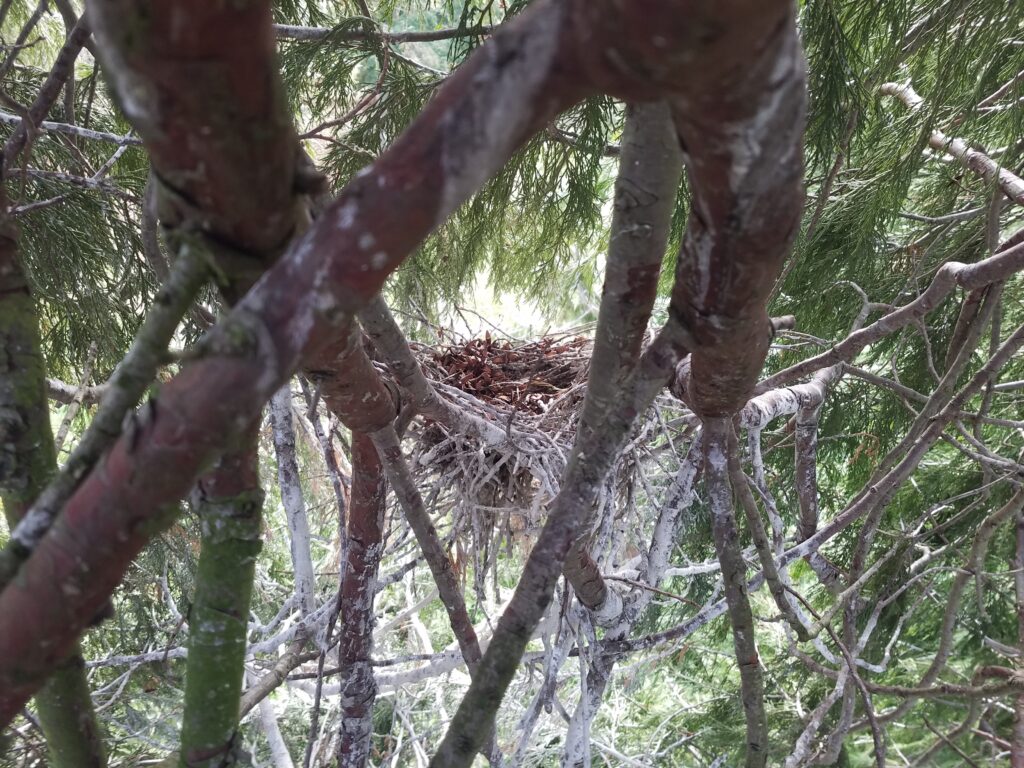
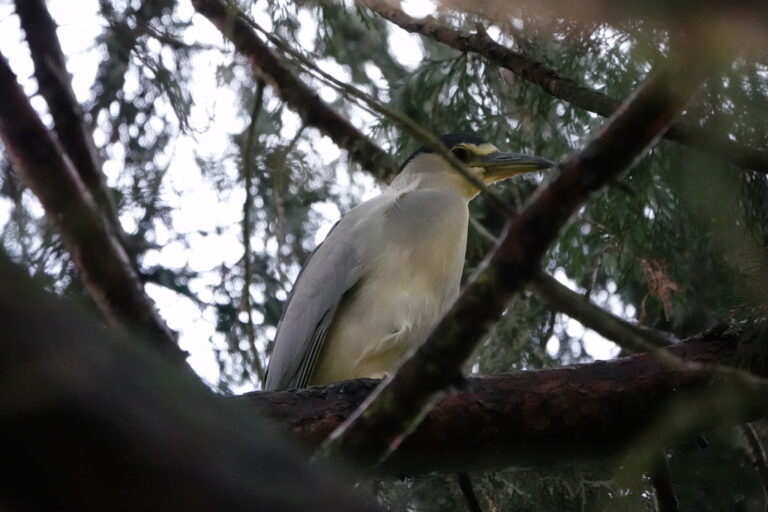
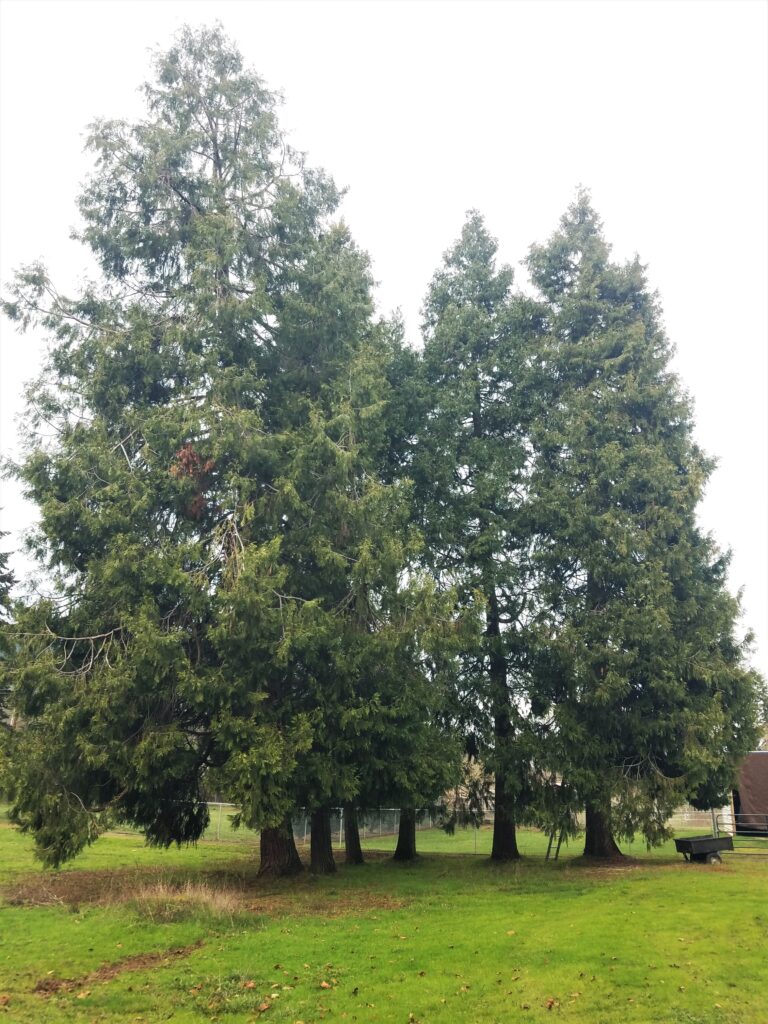
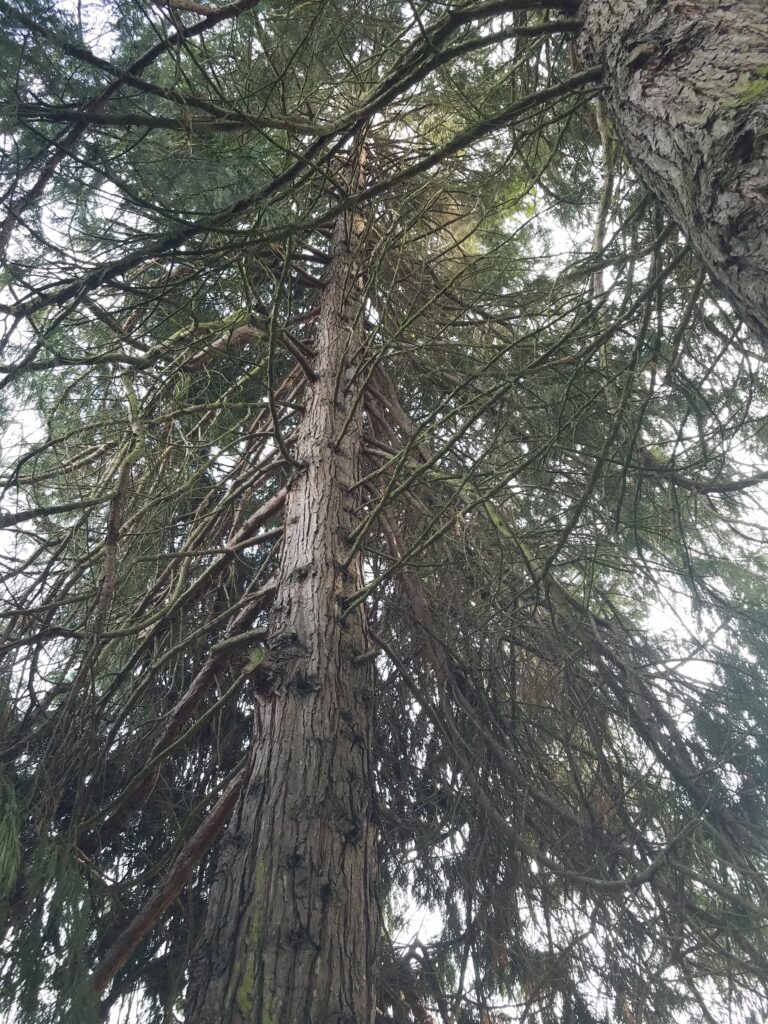
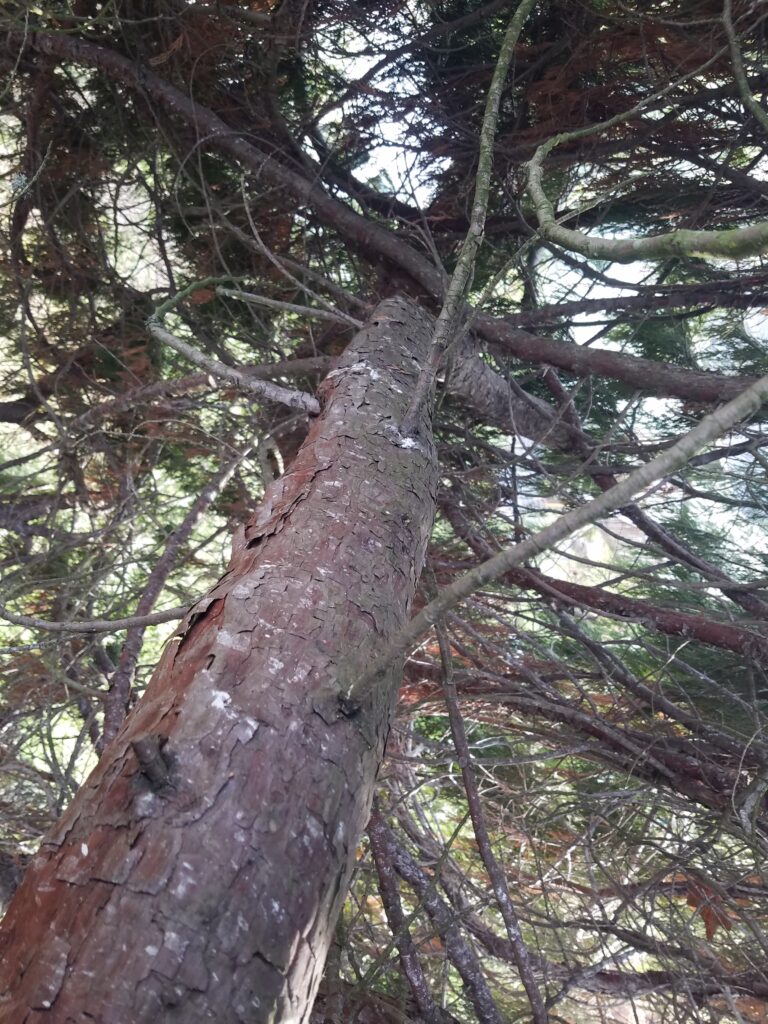
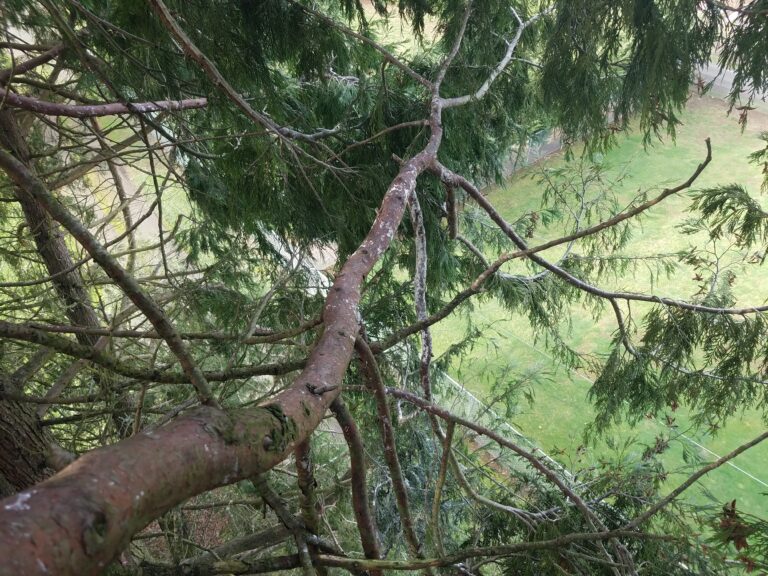
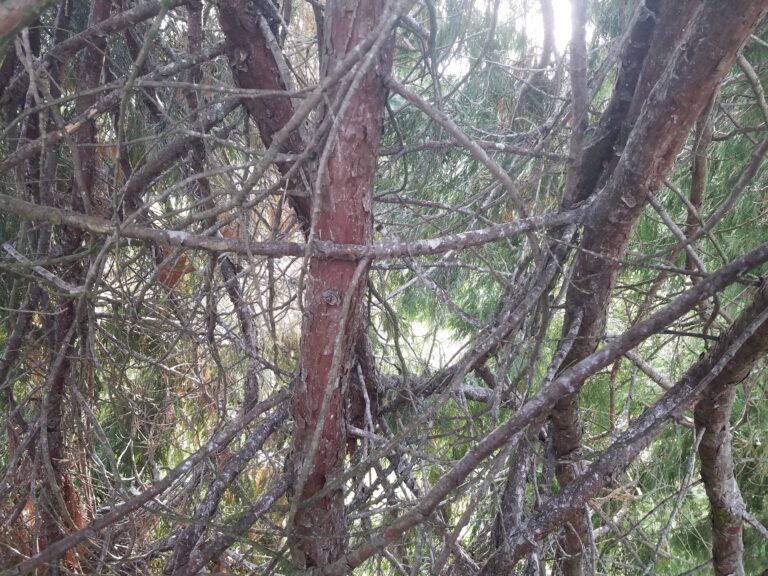


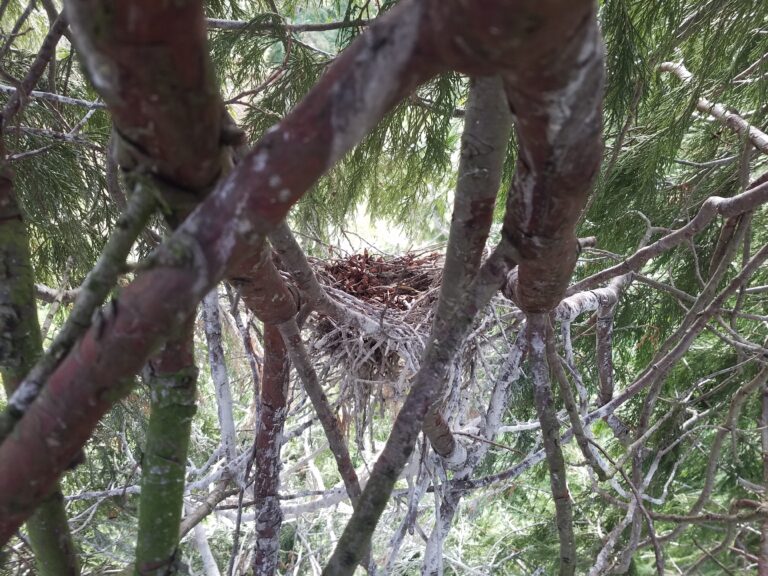
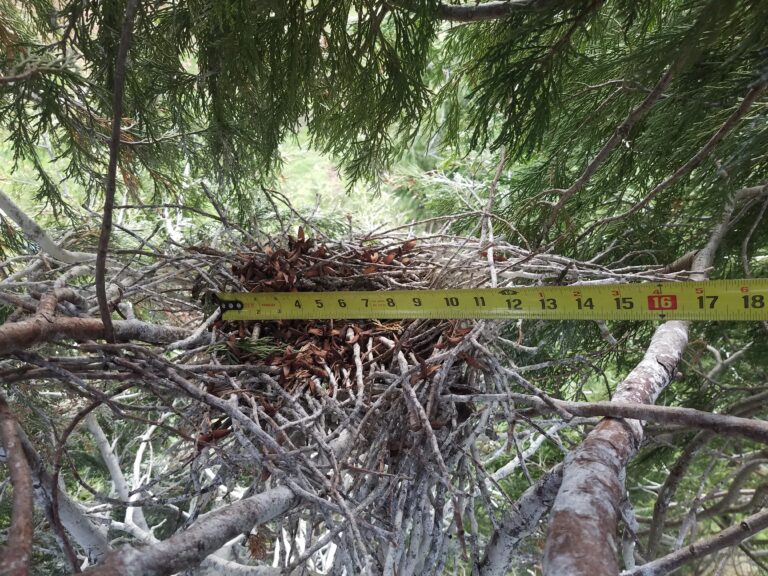
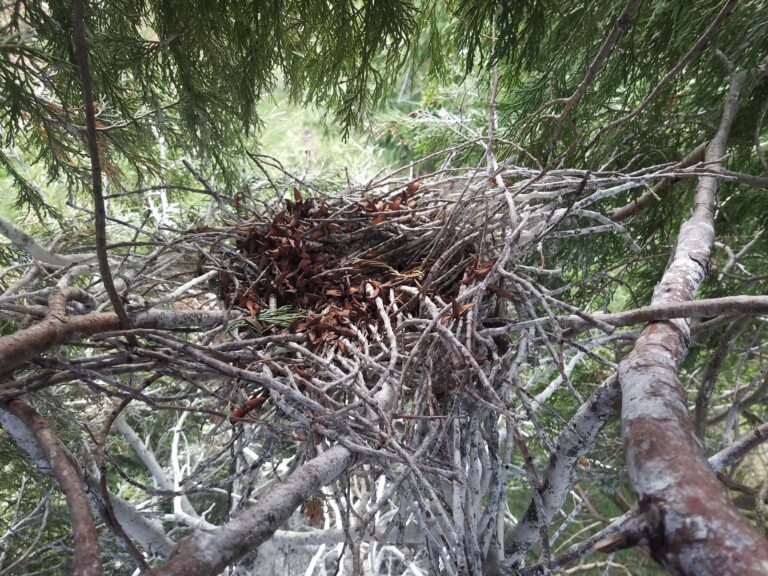
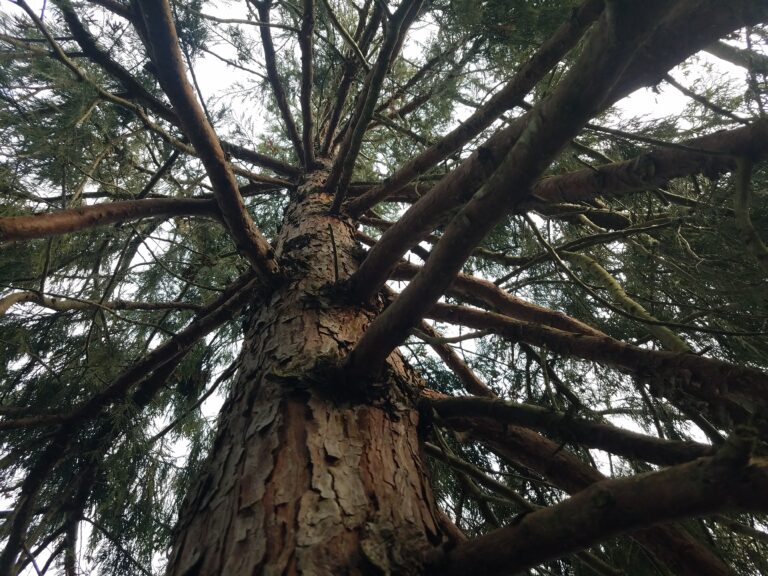
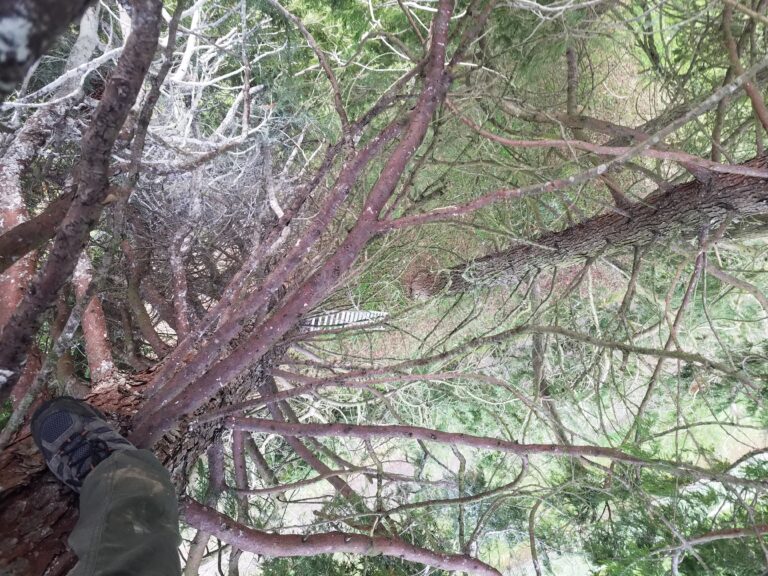
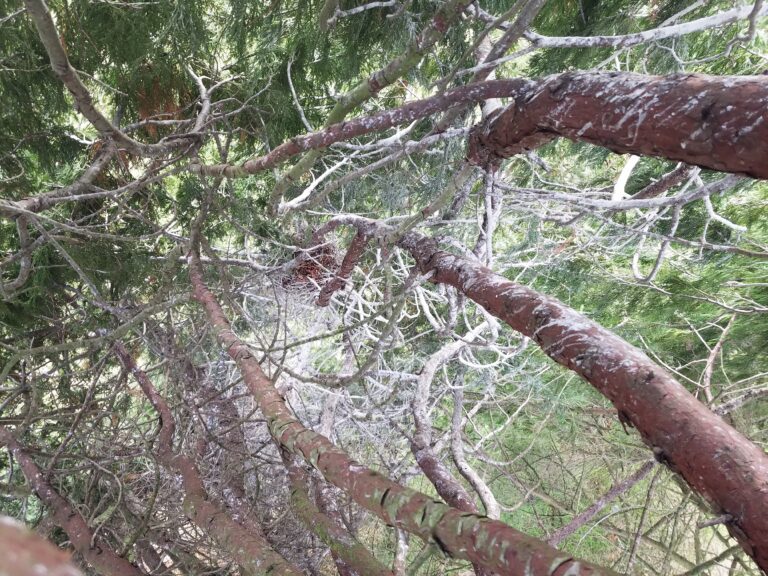
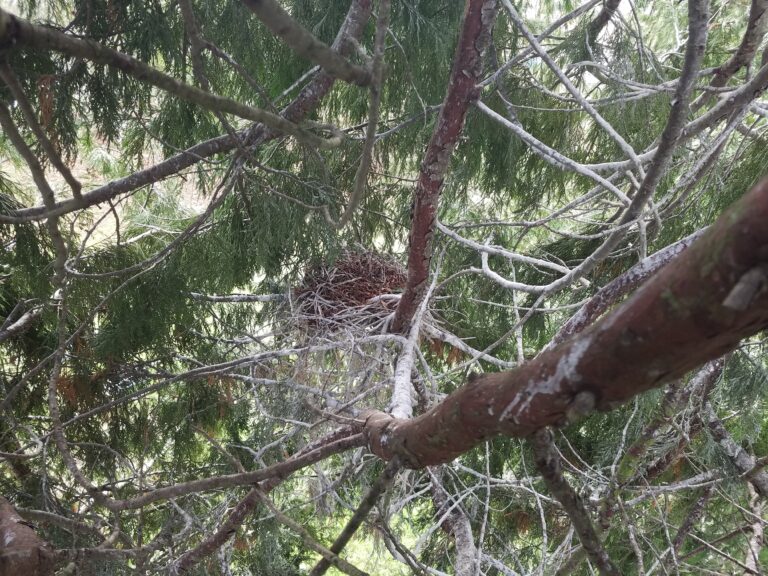
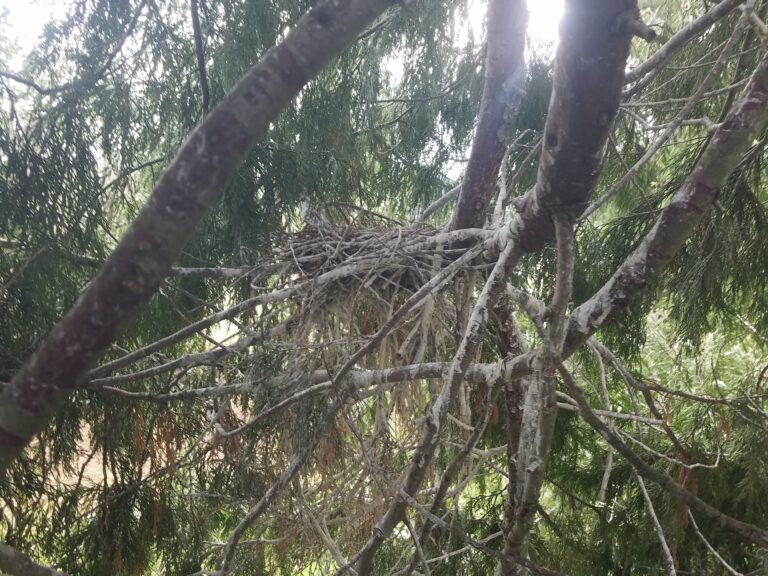
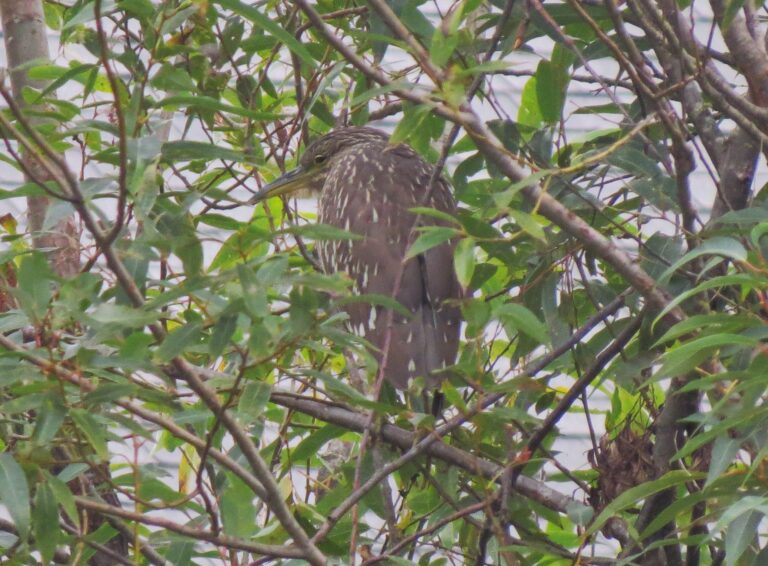
This Post Has 8 Comments
What an awesome ‘find’ (that took active travel and research!)
Night herons are such interesting birds. What do they eat that they are crepuscular/nocturnal?
Gotta say the 1906 photo with that huge beak, legs and toes does make one think Dinosaur!
This is wonderful! Thank you Jason for being curious enough to take that video and then sharing it with Matt! A cool discovery.
Great reading! Thanks for all the well-researched information. Cool to know they are almost in my neighborhood!
Thank you, Matt, for this very interesting report! So fascinating to think of this species nesting yet undetected in this area for so many years!
Fascinating! A well written and researched article. Thank you!
I really enjoyed this well researched report!
Great article and photos/ video. Thank you for sharing , and I’m happy for you and a little jealous.
That is very cool Matt. We have only seen them in Eastern Oregon.